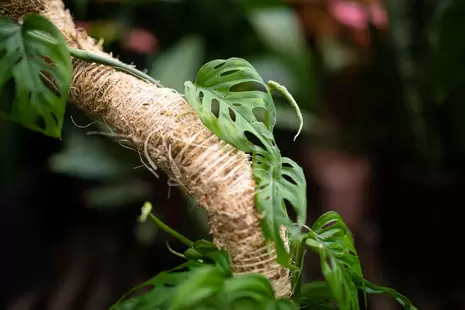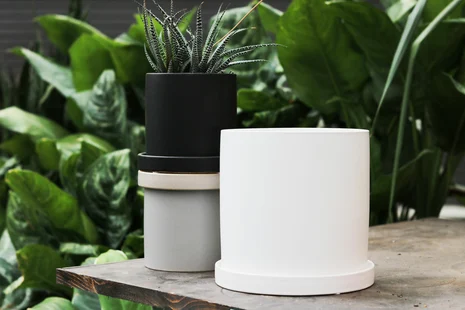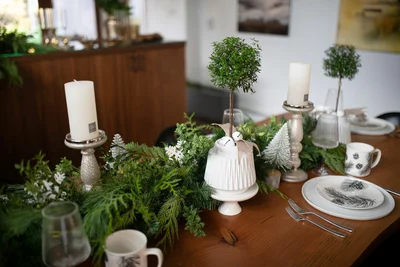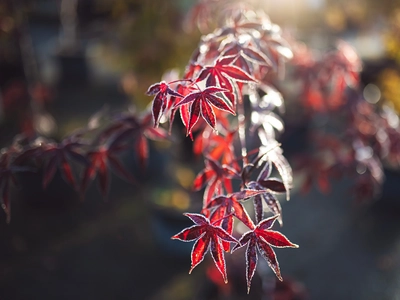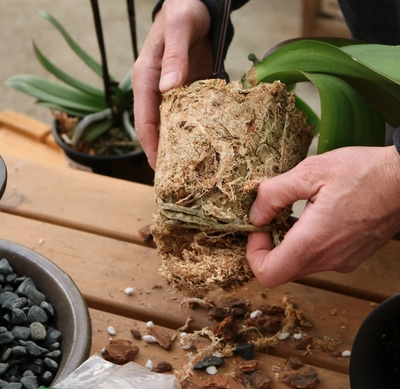
The secret to a re-blooming Phalaenopsis orchid? A healthy root system. And the best way to cultivate a healhty root system is giving them room to breathe.
The Root of the Matter
Most orchids are epiphytic, meaning they grow on tree trunks and branches instead of soil. These orchids have aerial roots by which the plant takes up nutrients and water, therefore orchids grow best in a bark/moss medium, which is very porous and well-draining.
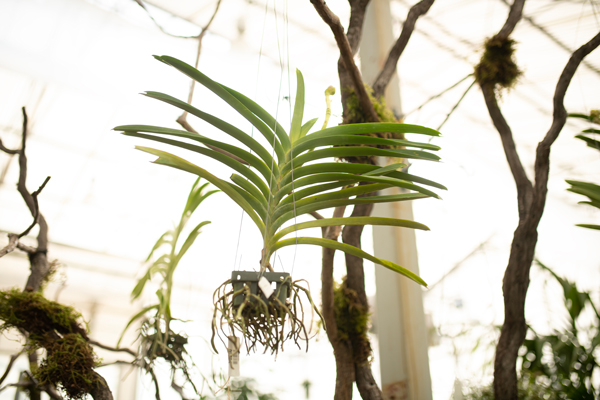
General Tips
- Most orchids will benefit from repotting every 18-24 months
- Repot plants into only slightly larger pots in the spring or after blooming
- Never repot an orchid that is in flower, or that has a new flower spike growing. In many cases this will cause the flowers to drop.
Some orchids come potted in bark mixes, and some in sphagnum moss. Bark mixes contain, fir bark, coarse perlite, charcoal, and often some coarse peat. This type of mix is recommended as it won’t dry out as quickly and offers other benefits. There are fine and coarse grades available. Be sure to check the label to find out which is best for your type of orchid.
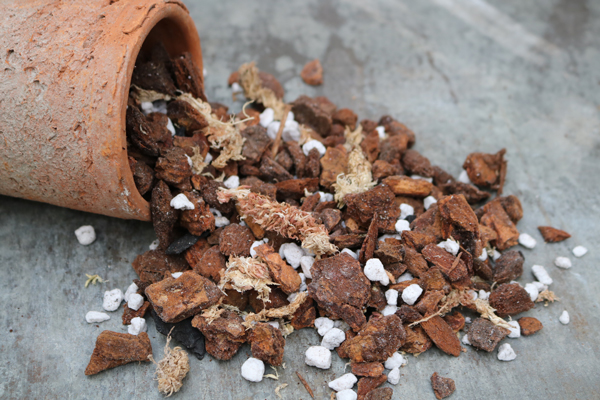
How To Re-Pot an Orchid
- Pre-soak your bark medium in warm water
- Remove all of the old media from around the roots of the plant
- Using clean or sterilized scissors, cut off any rotten, or broken roots
- If a substantial number of roots have been removed, do not increase the pot size
- Prune off any weak or old stems
- Once the roots have been trimmed, place a handful of fresh bark in the bottom of the pot and spread the remaining roots over the bark
- Gently fill in the rest of the pot with the bark, working it through the roots
- Ensure the junction between the roots and leaves (the crown) is at the top of the medium
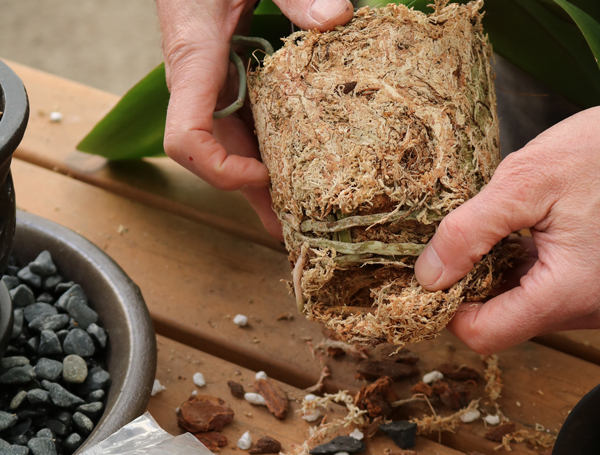
For best results, keep your freshly repotted orchid in a shaded, but humid environment, misting the leaves for the first few weeks until new root growth occurs.

